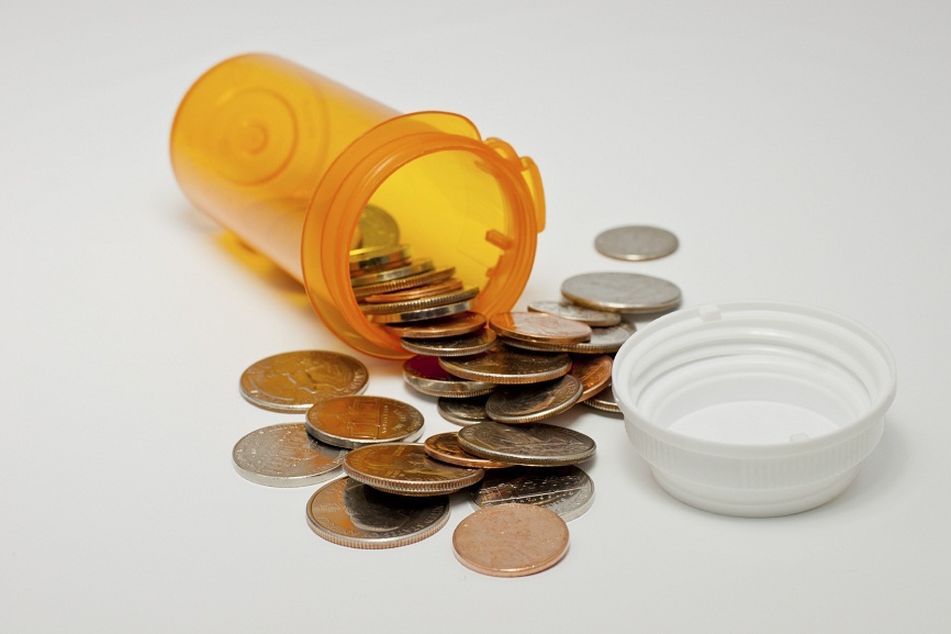Medicare and the high cost of prescription drugs

There is no annual limit on out-of-pocket costs under Medicare Part D.
Howard Sorkin, a financial adviser in Chicago, is on a mission to educate clients and other advisers about the high cost of prescription drugs for some Medicare beneficiaries. People requiring specialty drugs for cancer, multiple sclerosis, hepatitis and other serious illnesses may be on the hook for thousands of dollars a year.
“Even though, as an adviser, I discussed these topics with clients, I never fully understood the true costs of medications under Part D until I was confronted with it myself,” Mr. Sorkin wrote to me in an email.
Mr. Sorkin was diagnosed with stage 4 nonsmokers lung cancer, including a brain tumor, in November 2016, when he was 68. Fortunately, he has had few symptoms and qualified for a new targeted drug therapy in lieu of chemotherapy.
Unfortunately, the drug is very expensive. It retails for about $18,000 per month, although he is able to buy it at a discounted price of about $15,000 per month through his hospital.
Since its inception in 2006, the Medicare Part D prescription drug benefit has helped improve the affordability of medications for millions of people with Medicare. Yet many beneficiaries continue to face high out-of-pocket costs for their medications. Prescription drugs accounted for $1 in every $5 that Medicare beneficiaries spent out-of-pocket on health-care services in 2016, not including premiums, according to new report by the Kaiser Family Foundation.
Specialty tier drugs — defined by Medicare as drugs that cost more than $670 per month in 2019 — are a particular concern for Part D enrollees, according to a recent analysis by the nonprofit organization. While specialty tier drugs are taken by a relatively small share of enrollees like Mr. Sorkin, spending on these drugs has increased over time and now accounts for over 20% of total Part D spending, up from 6% to 7% before 2010.
Median annual out-of-pocket costs in 2019 for 28 specialty tier drugs reviewed by Kaiser range from $2,622 for Zepatier (for hepatitis C) to $16,551 for Idhifa (for leukemia), based on a full year of use, according to the Kaiser analysis.
Part D plans are allowed to charge between 25% and 33% coinsurance for specialty tier drugs before enrollees reach the coverage gap. Then they pay 25% of the cost of their drugs. Once their total out-of-pocket spending exceeds an annual threshold of $5,100 in 2019, enrollees pay 5% of the total drug costs above the catastrophic coverage threshold.
In Mr. Sorkin’s case, 5% of his $15,000-per-month drug cost translates into $750 per month. There is no upper limit on out-of-pocket spending.
In addition, there are monthly premiums for Medicare Part B and Part D, including additional high-income surcharges, and hundreds of dollars of monthly vitamins and supplements not covered by insurance.
“My medical costs have far exceeded what I ever thought I would need to spend at my age,” said Mr. Sorkin, who is 71 and still working part time. “I am fortunate, but how many seniors can afford this expense?”
Mr. Sorkin, who also teaches a Certified Financial Planning course at a local university, has discovered a newfound appreciation for the interaction of retirement income, taxes and Medicare premiums. Individuals whose income exceeds $85,000 and married couples whose joint income tops $170,000 a year pay higher monthly premiums for both Medicare Part B, which covers outpatient services and doctors’ fees, as well as Part D prescription drug coverage.
Certain types of income do not count in the calculation that can trigger high-income Medicare surcharges, including qualified distributions from health savings accounts, loans from cash value life insurance policies, proceeds from reverse mortgages and qualified charitable distributions from individual retirement accounts for account owners who are 70½ and older.
“I am on a mission,” Mr. Sorkin said. “I tell my students: You need to know this stuff for yourself, your parents and your clients.”
Medicare Part D out-of-pocket costs are scheduled to grow exponentially in the future unless Congress acts, said Mary Johnson, a Social Security and Medicare policy analyst with The Senior Citizens League.
The annual threshold for the catastrophic level of drug coverage grew relatively slowly over the past decade, rising $550 since 2010 to the current level of $5,100 in 2019. But the threshold is scheduled to take an enormous jump of $1,250 next year, to $6,350, due to an expiring provision of the Affordable Care Act. Unless Congress steps in, the threshold before catastrophic drug coverage begins will continue to increase rapidly, reaching $9,450 by 2027.
“One of the most valuable things your readers can do is check their health and drug plan choices every year and switch plans when it makes sense to do so,” Ms. Johnson said.
During Medicare open enrollment, which runs from Oct. 15 to Dec. 7 every year, Medicare beneficiaries can switch prescription drug plans and enroll in or switch Medicare Advantage plans. Ms. Johnson suggests individuals take advantage of free Medicare benefits counseling through local Area Offices on Aging or State Health Insurance Programs.
Learn more about reprints and licensing for this article.








